Blog
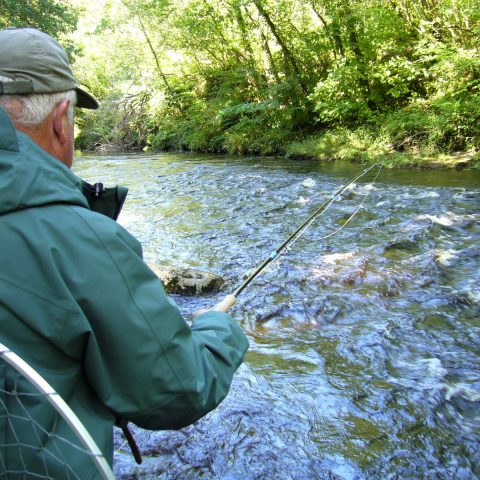
PADDY MCDONNELL
BalticFlyFisher Ambassador / professional Flycaster and Guide based in Ireland
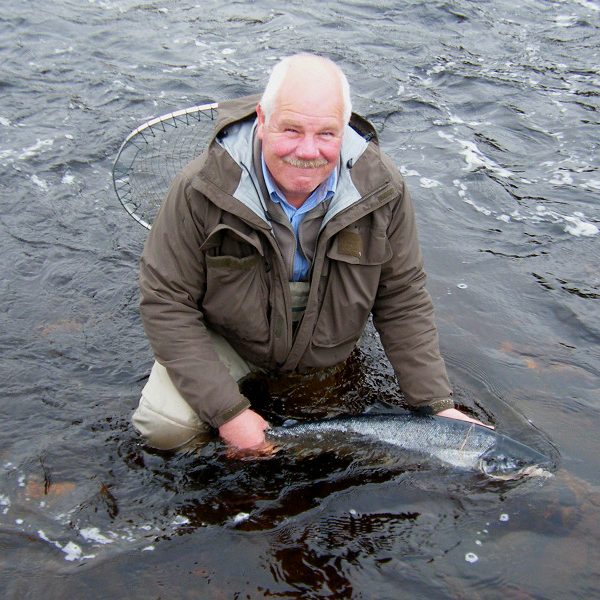
Good quality fly lines are not inexpensive and beginners frequently buy lines that do not match their actual needs. All of this can be very frustrating because it really does takes time, and experience, to develop an appreciation for the various important factors involved when choosing the correct line. There is no one line that will be suitable for every situation or every river, however, there are some basic facts and fundamentals about choosing a line that the beginner should know and hopefully we can help shorten this learning curve.
The unique individual personal requirements of fly fishers with regards to the way they want to approach their fishing is a very important factor in fly line choice, and this is very often overlooked or misunderstood. The whole experience, fun, and enjoyment that is derived from fly fishing can produce very different realities and practicalities for different individuals, whether they are a beginner, intermediate, or very experienced angler.
Some enjoy, and are quiet content, to only fish a few days every season. Which fly line would suit these anglers? Some will have very limited spare leisure time to practice improving their fly casting technique while others are happy to operate at a basic workable level of technique and derive the majority of their enjoyment from other aspects of their on the river experience.
Again, which fly lines would suit these fly fishers? Many fly fishers enjoy experimenting with different lines and are constantly developing their technique which will eventually allow them to progress to the stage where they have acquired the ability to cast with every type of fly line including those with long heads/bellies. Choosing a suitable fly line that accurately suits the precise real life on the river needs, and the unique personality of the individual can be a little more complex than what it would seem initially, but not to worry, later on we will suggest some possible solutions to some of these questions. Before that, let us consider some basics.
1 The very first thing we must consider is the size and weight of the flies that we are going to be fishing with. If we will be using mostly smaller lightweight salmon flies then we can use lighter weight fly lines (4 weight, 5wt, 6wt) to transport our flies out over the river to the fish. If we will be fishing with lightweight flies but also frequently medium/moderately heavy weight flies then 7wt, or 8wt lines, might be required. Extra heavy brass/tungsten tubes will usually require the extra mass and load carrying capabilities of standard 9wt or 10wt lines or their equivalent to consistently deliver these flies safely.
2 Next we need to consider the distances that we will be casting our flies. If we are fishing mostly on small rivers then fly lines with short heads/bellies are the way to go. Medium-sized rivers are generally better fished with medium head length fly lines. On big rivers, where long-distance casting might be crucial in presenting our flies at an extreme distance will often require us to employ lines with long heads.
Small rivers = best fished using lines with short heads.
Medium rivers = best fished using medium-length heads and quiet often also with short-headed lines.
Big rivers = very often best fished using lines with long heads, sometimes medium headed lines, and occasionally short-headed lines.
Sometimes on big salmon rivers, our casting space can be very restricted and in these situations short or extra short heads can be a very good choice.
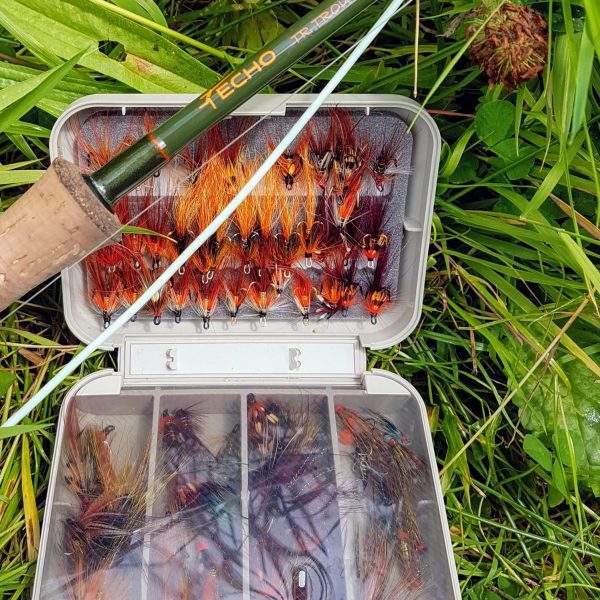
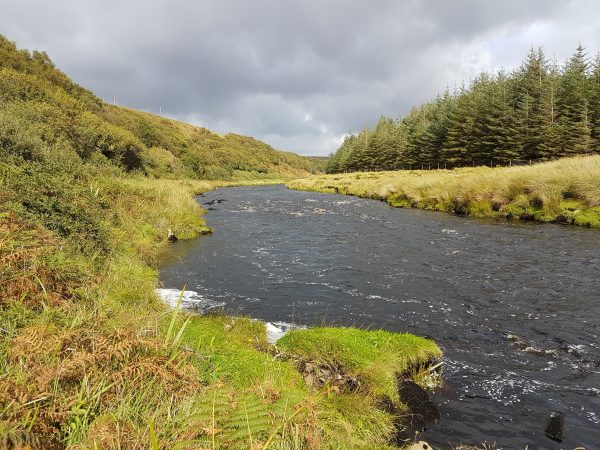
Lines with short heads = head lengths from approximately 5 metres up to about 15 meters.
Lines with medium heads = head lengths from approximately 15 meters up to about 20 metres
Lines with long heads = head lengths from approximately 20 meters up to about 30 metres.
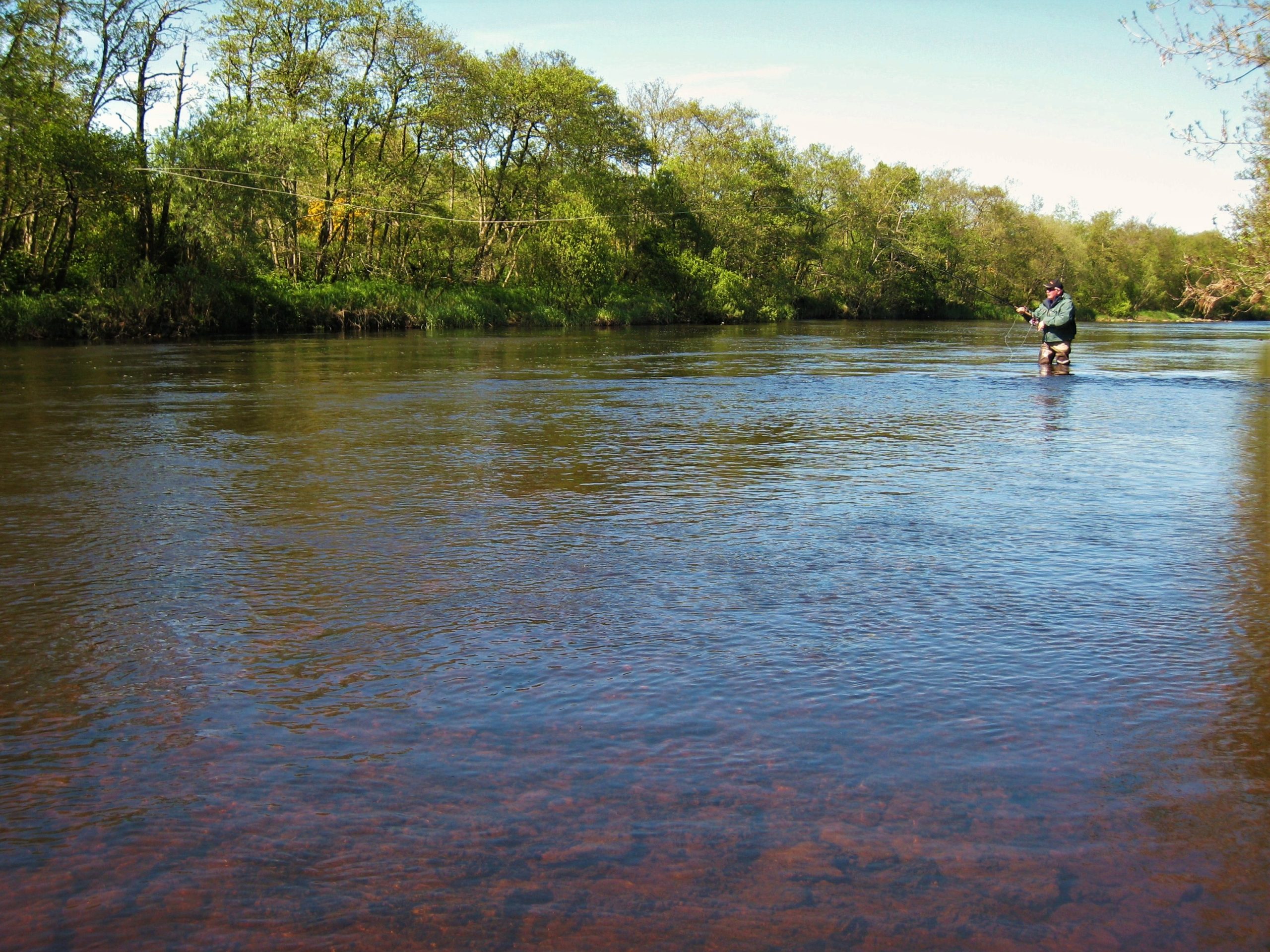
Matching Fly Lines to Fly Fishers [Part 1]
This article is targeted primarily at the beginner, or possibly intermediate, salmon fly fisher as an aid to better understanding a logical approach to choosing which fly lines to buy.
PADDY MCDONNELL
BalticFlyFisher Ambassador / professional Flycaster and Guide based in Ireland

Good quality fly lines are not inexpensive and beginners frequently buy lines that do not match their actual needs. All of this can be very frustrating because it really does takes time, and experience, to develop an appreciation for the various important factors involved when choosing the correct line. There is no one line that will be suitable for every situation or every river, however, there are some basic facts and fundamentals about choosing a line that the beginner should know and hopefully we can help shorten this learning curve.
The unique individual personal requirements of fly fishers with regards to the way they want to approach their fishing is a very important factor in fly line choice, and this is very often overlooked or misunderstood. The whole experience, fun, and enjoyment that is derived from fly fishing can produce very different realities and practicalities for different individuals, whether they are a beginner, intermediate, or very experienced angler.
Some enjoy, and are quiet content, to only fish a few days every season. Which fly line would suit these anglers? Some will have very limited spare leisure time to practice improving their fly casting technique while others are happy to operate at a basic workable level of technique and derive the majority of their enjoyment from other aspects of their on the river experience.
Again, which fly lines would suit these fly fishers? Many fly fishers enjoy experimenting with different lines and are constantly developing their technique which will eventually allow them to progress to the stage where they have acquired the ability to cast with every type of fly line including those with long heads/bellies. Choosing a suitable fly line that accurately suits the precise real life on the river needs, and the unique personality of the individual can be a little more complex than what it would seem initially, but not to worry, later on we will suggest some possible solutions to some of these questions. Before that, let us consider some basics.
1 The very first thing we must consider is the size and weight of the flies that we are going to be fishing with. If we will be using mostly smaller lightweight salmon flies then we can use lighter weight fly lines (4 weight, 5wt, 6wt) to transport our flies out over the river to the fish. If we will be fishing with lightweight flies but also frequently medium/moderately heavy weight flies then 7wt, or 8wt lines, might be required. Extra heavy brass/tungsten tubes will usually require the extra mass and load carrying capabilities of standard 9wt or 10wt lines or their equivalent to consistently deliver these flies safely.
2 Next we need to consider the distances that we will be casting our flies. If we are fishing mostly on small rivers then fly lines with short heads/bellies are the way to go. Medium-sized rivers are generally better fished with medium head length fly lines. On big rivers, where long-distance casting might be crucial in presenting our flies at an extreme distance will often require us to employ lines with long heads.
Small rivers = best fished using lines with short heads.
Medium rivers = best fished using medium-length heads and quiet often also with short-headed lines.
Big rivers = very often best fished using lines with long heads, sometimes medium headed lines, and occasionally short-headed lines.
Sometimes on big salmon rivers, our casting space can be very restricted and in these situations short or extra short heads can be a very good choice.

Lines with short heads = head lengths from approximately 5 meters up to about 15 meters.
Lines with medium heads = head lengths from approximately 15 meters up to about 20 meters
Lines with long heads = head lengths from approximately 20 meters up to about 30 meters.
